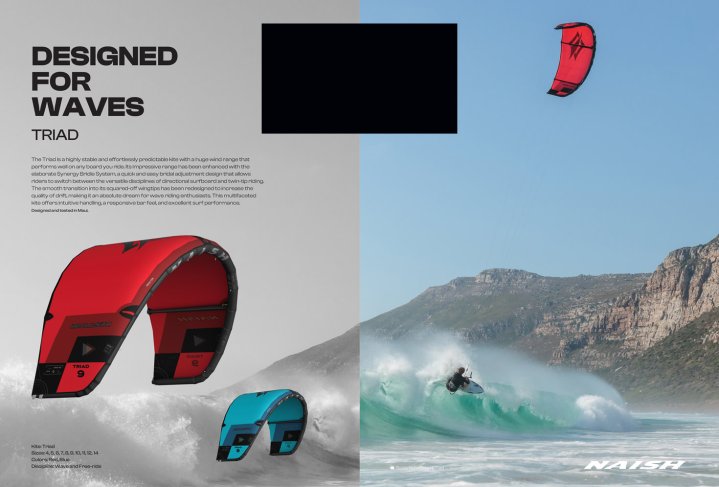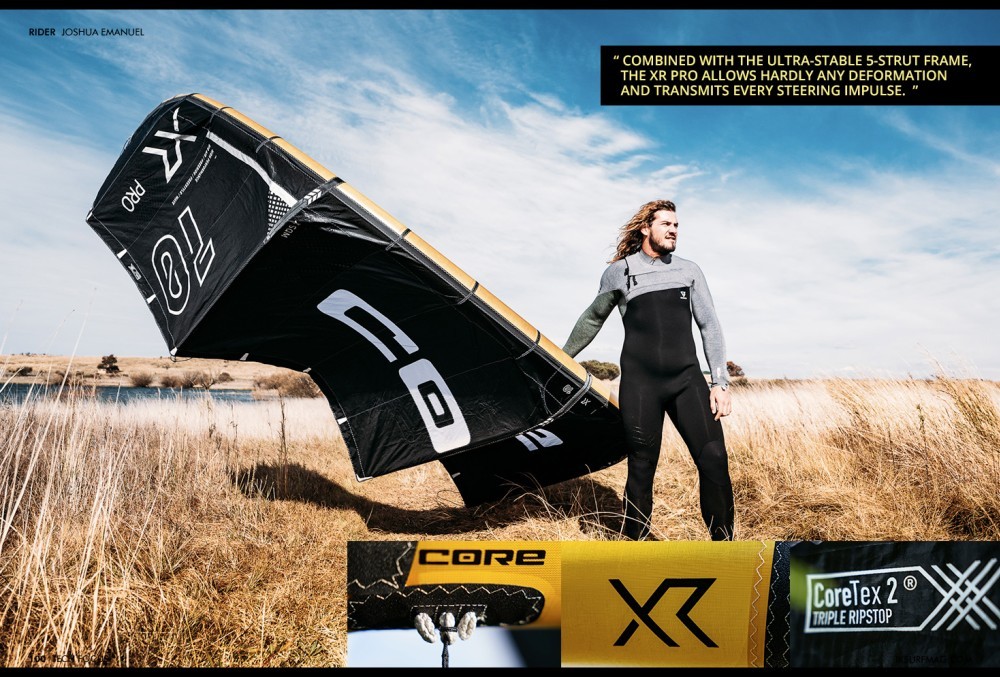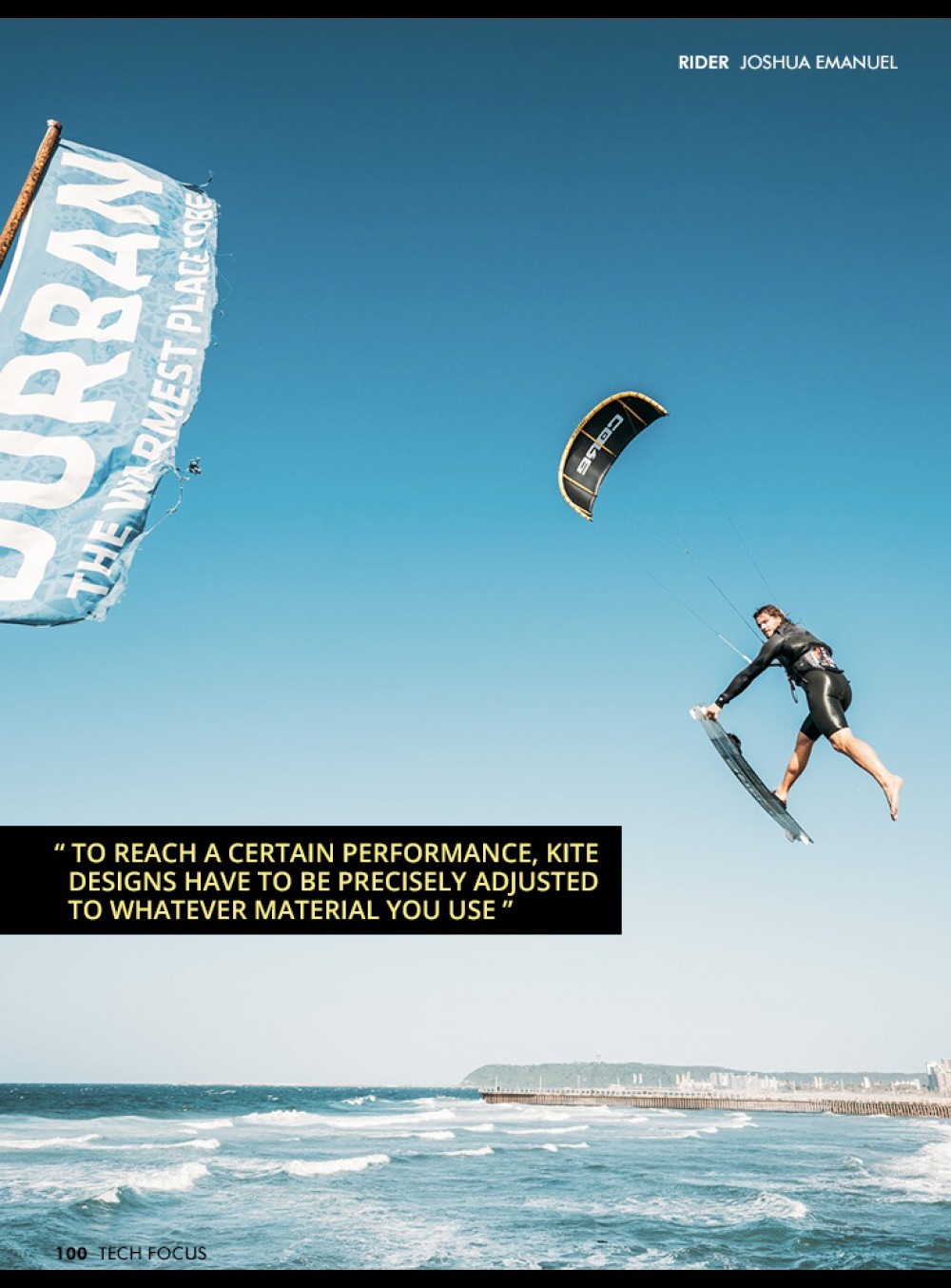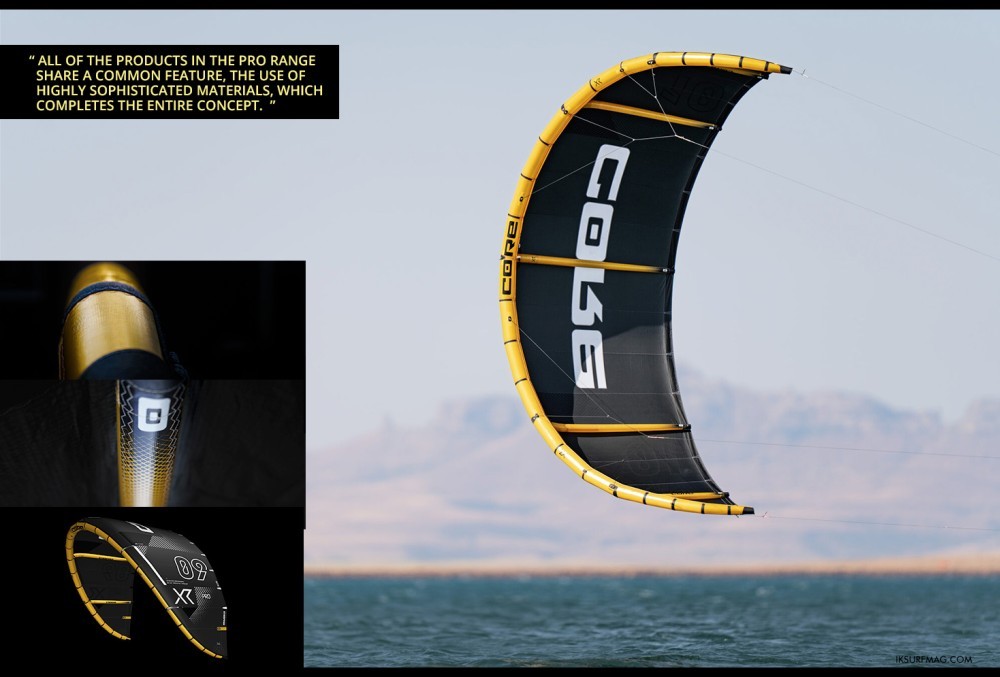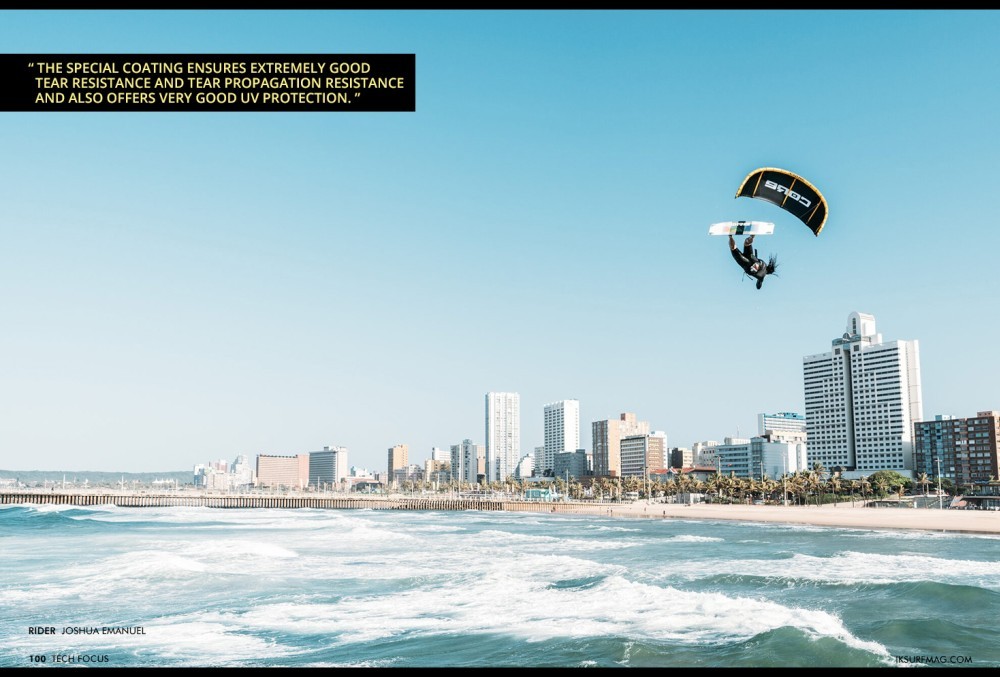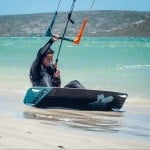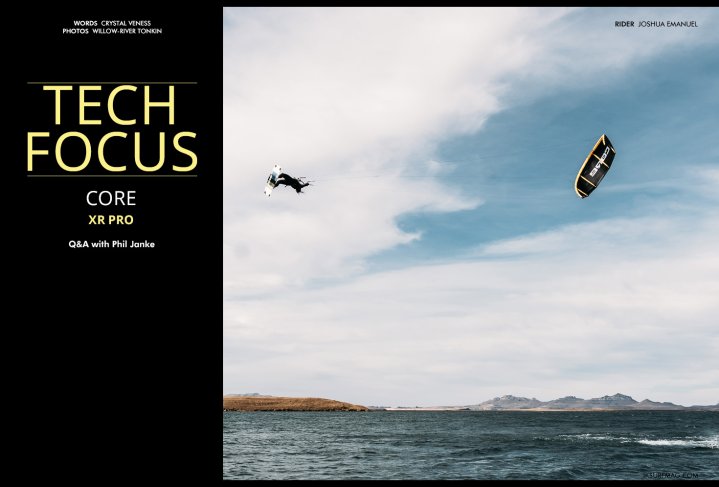
Tech Focus: CORE XR Pro
Issue 100 / Wed 9th Aug, 2023
CORE Kiteboarding is a leading brand in the world of big air kiteboarding with its high-performance boosting machine, the CORE XR, which just saw a new update in the XR8. Now, the XR has an exciting new look in the just-released and already dominating XR Pro! In this Tech Focus Q&A, we find out all the details on this ultra-high-performance kite from Phil Janke.
Phil, congratulations on the release of this exciting product! Who is the new XR Pro designed for, and what was the development team aiming to achieve with it?
Our XR model has been the most popular choice in our range, consistently proving itself as one of the best big air kites for its 15 years of existence. It's a kite that's both exceptional, incredibly comfortable, and easily accessible - a kite that basically everyone, no matter how long you've been kiting and where you want to take it, will have fun with.
Big air moves require different qualities than easy freeriding, but we've always managed to strike the sweet spot in the XR, leading to a kite that everyone loves. At first, it was just usual testing during prototyping, but when the feedback of some of our pro riders was so overwhelming, it sparked the idea to design a competition XR that focuses on the essential elements of big air, even if it means compromising slightly on comfort.
The big news in the new XR Pro is the Aluula 5-strut frame and leading edge. How does the Aluula material impact the performance and durability of this kite?
The main advantage of Aluula lies in its exceptional rigidity as a material. This characteristic allowed Frank Ilfrich's development team to achieve even thinner leading edge and strut diameters compared to the XR8. A thinner diameter means less air resistance, translating to lightning-fast kite speed. Combined with the ultra-stable 5-strut frame, the XR Pro allows hardly any deformation and transmits every steering impulse. This not only makes the XR Pro more direct and controllable but also gives it outstanding stability in the high-end for even more performance. Another advantage of Aluula is its low weight. The XR Pro is impressively 10% lighter than the XR8 across all sizes.
This isn't just the CORE XR8 with an Aluula upgrade. Can you tell us the design differences between the XR8 and XR Pro?
Yes, you are absolutely right. There's much more to the XR Pro than just the added Aluula. It starts with the different characteristics and properties of materials. To reach a certain performance, kite designs have to be precisely adjusted to whatever material you use. We aimed to improve some parameters that are beneficial to big air, such as velocity and turning speed, as well as its high-end performance. In addition to the faster, thinner strut diameters which Aluula allowed us to build, the XR Pro's high flight speed is significantly supported by a flatter profile. Some more aspects got fine tuned with our pro team, such as the positioning of the bridle attachment points. With some of these quite radical design changes, we even accepted compromises with the riding comfort, but since we are talking to a much narrower target group, that's ok.
How long has the XR Pro been in development? What did it take to bring this product from an idea to the market?
We have been experimenting with new and hyped materials like Aluula for quite some time. But for a long time, we didn't really see an added value compared to our own proven and high-performing materials like ExoTex 2. The idea of a competition XR changed the perspective. Angely, Zara, and Josh have been using previous versions of the XR Pro during competitions like King of the Air, Lords of Tram, and the GKA Big Air event in Tarifa, and always brought new insights to the R&D team. We added it to CORE's Pro range, which already includes the Sensor Pro since 2013 and later expanded to include the Halo Pro wing and, now, the XR Pro. All of the products in the Pro range share a common feature, the use of highly sophisticated materials, which completes the entire concept.
Working with a material like Aluula is no simple feat, which may contribute to so few brands incorporating this material into their product lines. What challenges did you face bringing this super-light material into your production process?
The hype of light materials has its justification. The lighter your kite is, the earlier you get on the water. But the lighter weight has one downside: It's less robust than the heavier competing fabrics. Aluula is unbeaten in terms of stiffness, but we needed to find ways to use and process it wisely to meet our high demands regarding rigidity and longevity.
CORE's exclusive CoreTex 2 canopy material, also used in the XR8, lends to the high-performance nature of the new XR Pro. What sets this material apart compared to other canopy materials on the market today?
The CoreTex 2 is extremely low-stretch and, at the same time, very robust. Our exclusive CORE canopy optimally supports the properties targeted for the XR Pro with linear power delivery, high flight stability, and outstanding control. The special coating ensures extremely good tear resistance and tear propagation resistance and also offers very good UV protection.
Is this kite for the average big air rider or primarily those looking to push boundaries?
I'm sure the average big air rider really has a chance to achieve new personal bests with the new XR8; this is the feedback that we get from so many different sides. Big boosters and fearless kite loopers that aim for more than personal records but unseen tricks, a bit of industry attention or even a podium should consider giving the XR Pro a test.
Besides increased cost, which is inevitable when using ground-breaking materials such as Aluula, what should consumers consider when deciding between the XR8 and the XR Pro?
When considering the XR Pro, it's essential for consumers to be aware that, unlike some of our competitors' kites, the XR Pro is not designed for light wind conditions. Yes, it's lighter, and yes, it supports kiting in light winds, but as our biggest size 12 indicates, the XR Pro is made for strong days with an extremely good performance at the top end of the wind range.
By Crystal Veness
Editor at IKSURFMAG, Crystal Veness hails from Canada but is based in South Africa. When she isn't busy kitesurfing or reporting on the latest industry news for the mag, she is kicking back somewhere at a windy kite beach or working on creative media projects.


